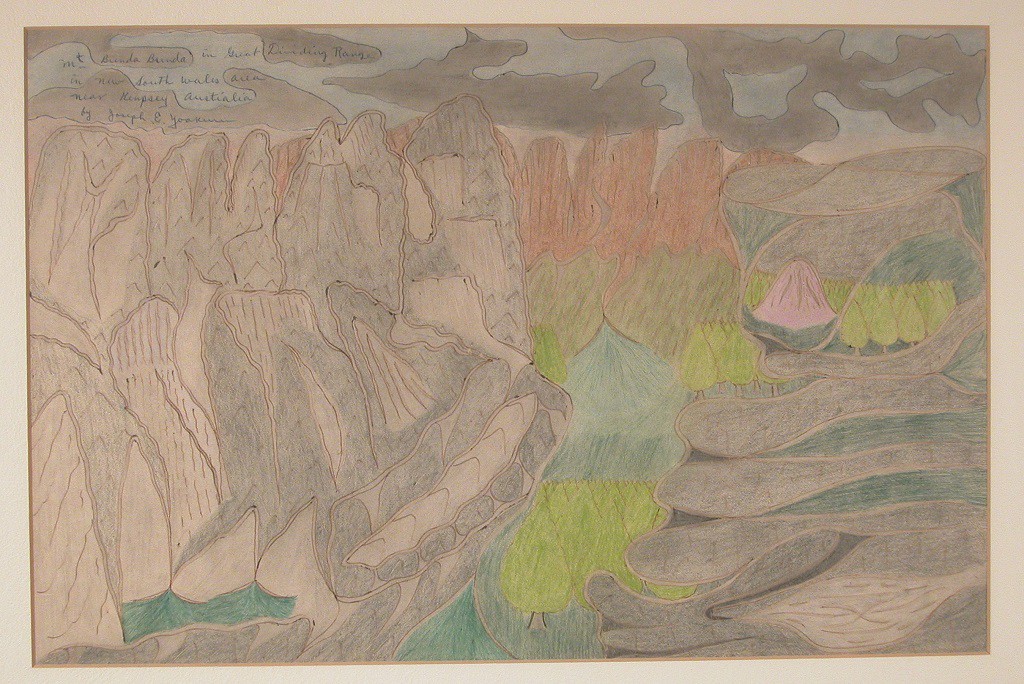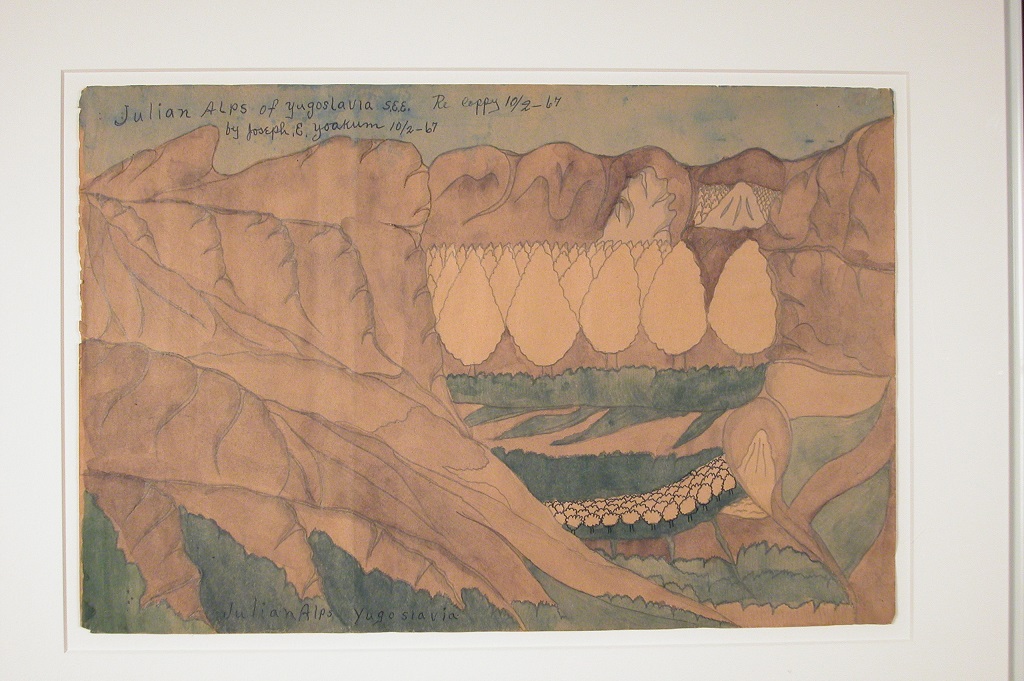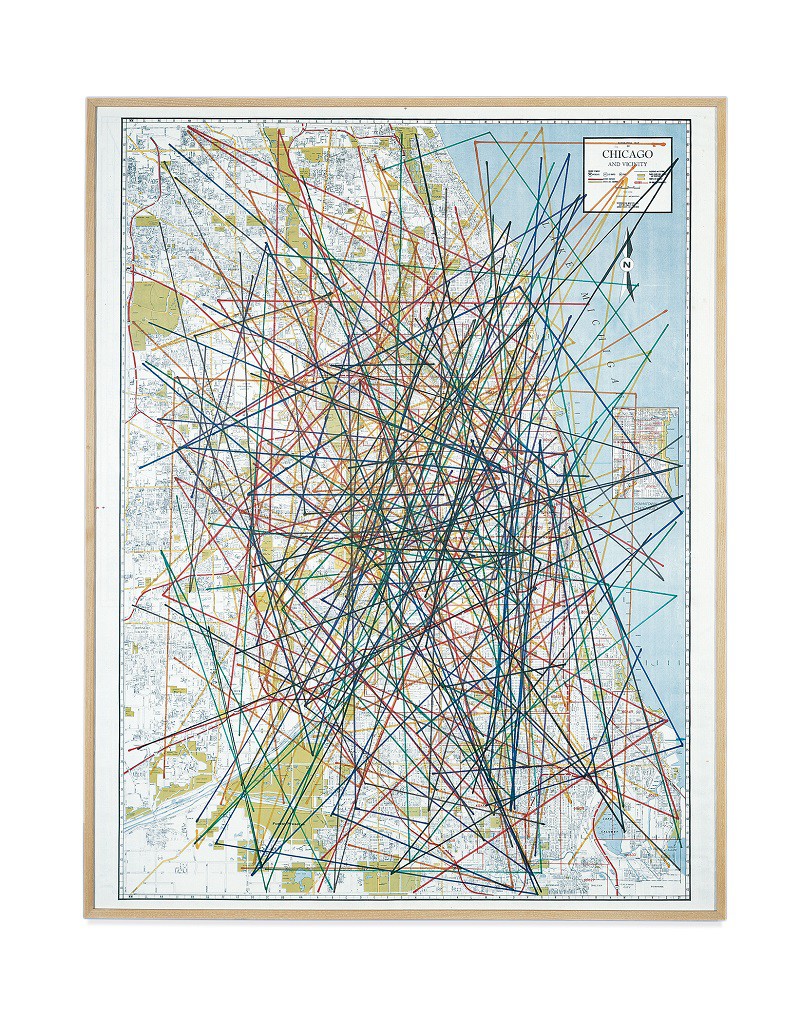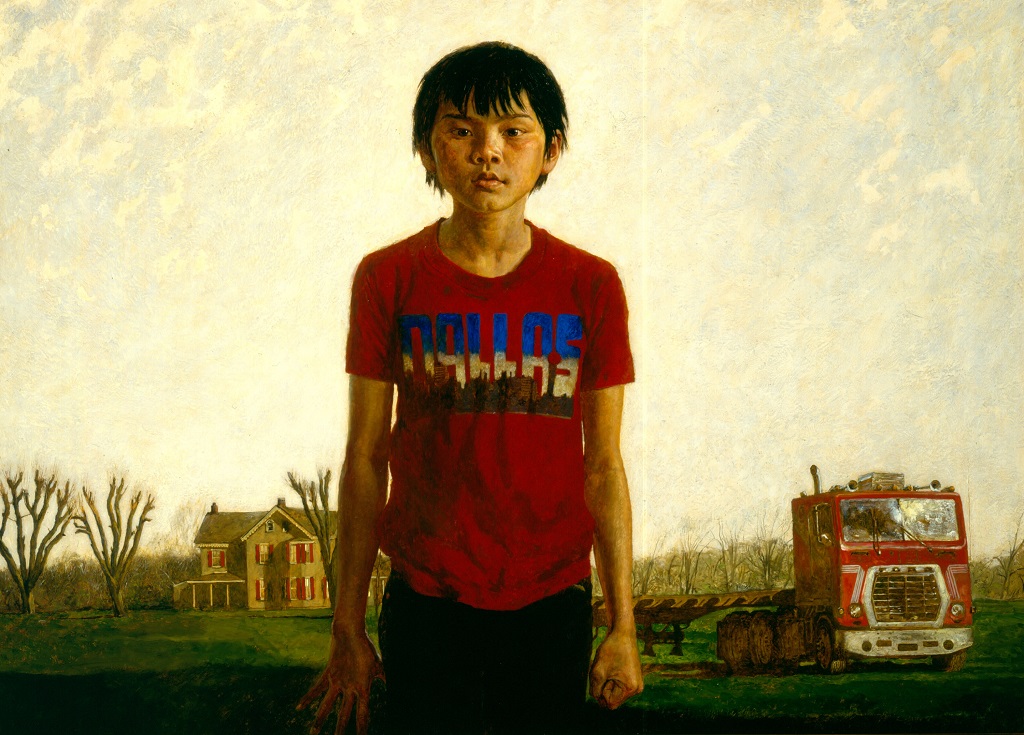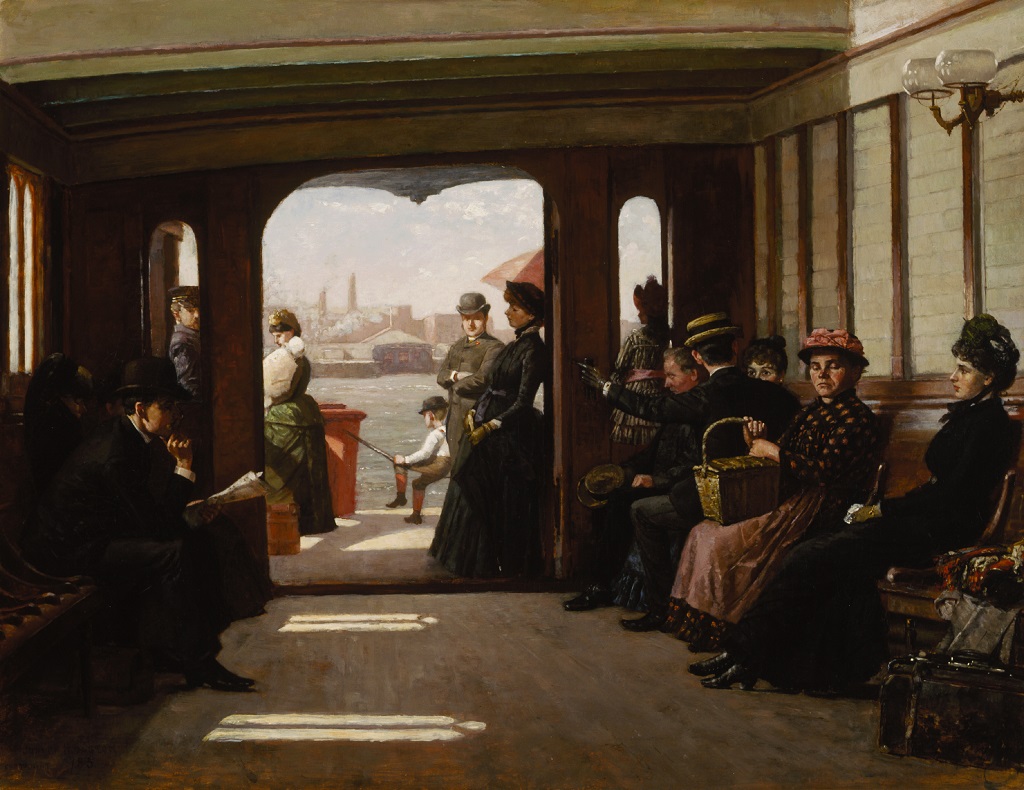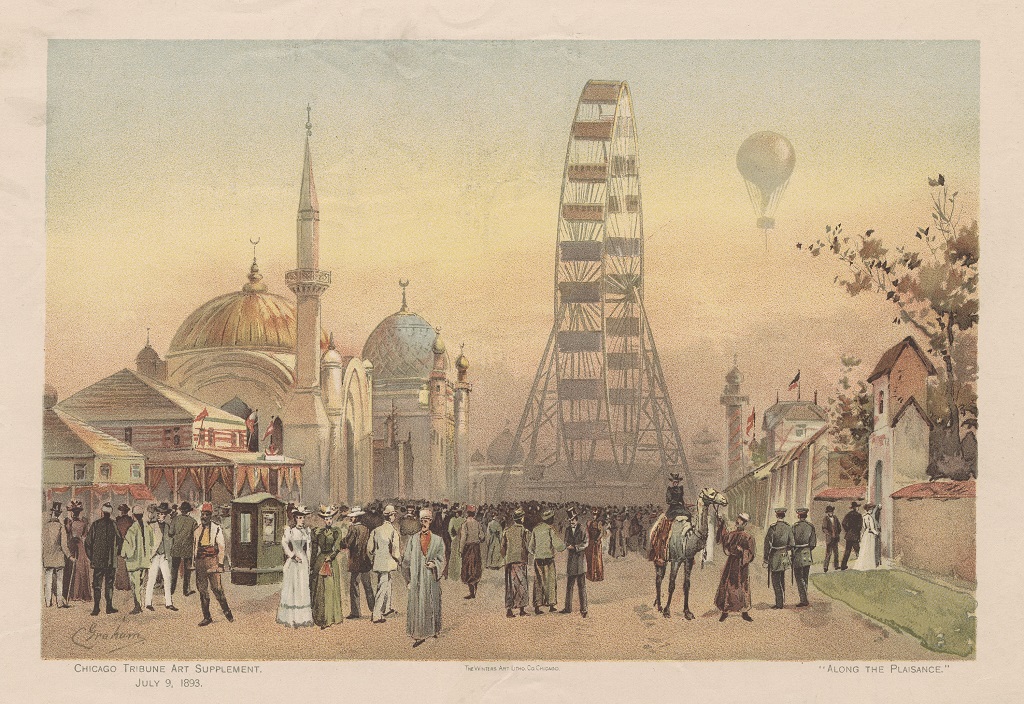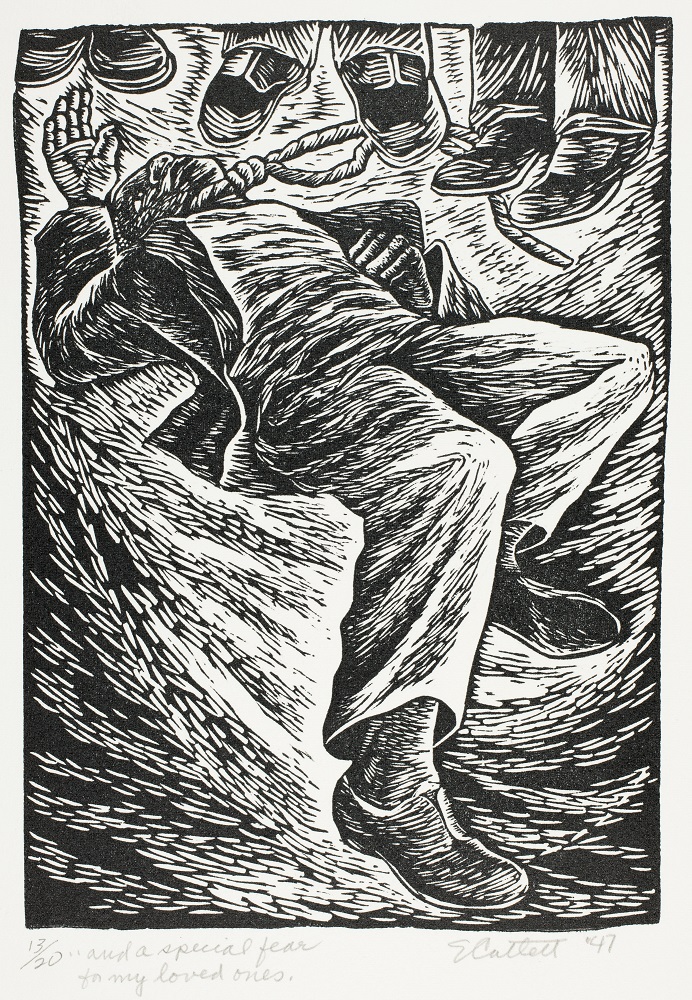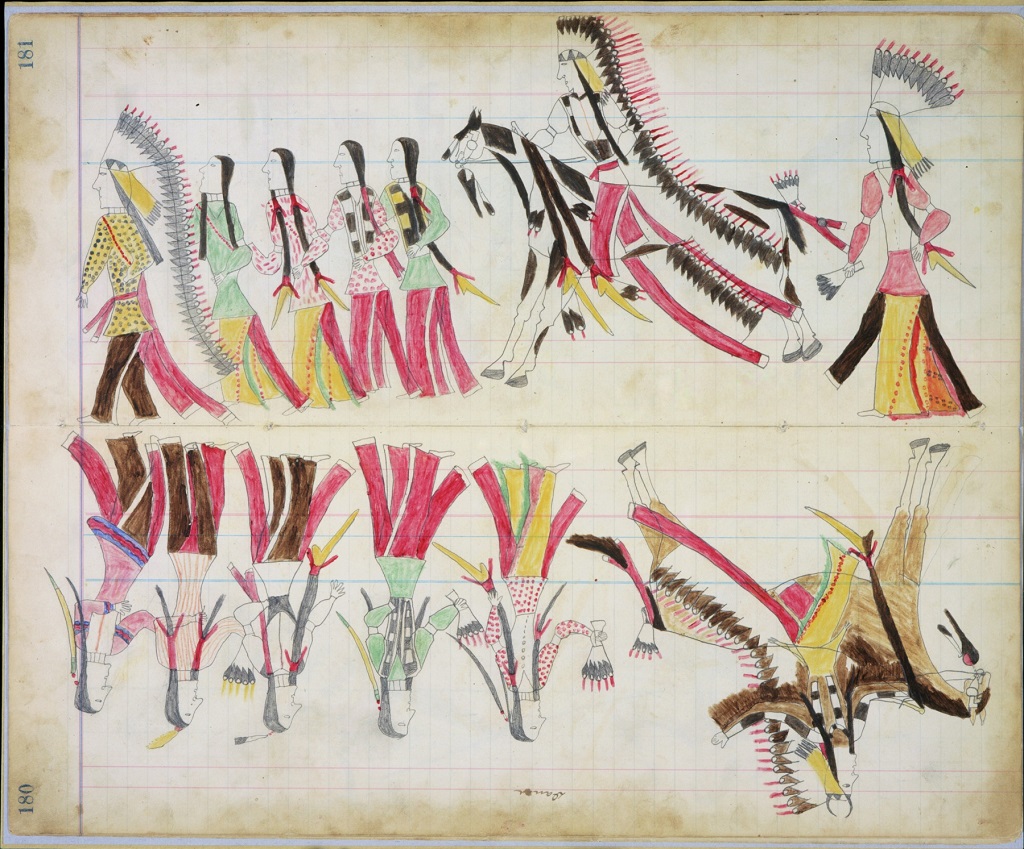Authors:
Jennifer Barron, Kennedy High School
Melissa Covington Tanner, Art Institute of Chicago
Sara Jatcko, Terra Foundation for American Art
Joel Javier, Intuit: The Center for Intuitive and Outsider Art
Sheri Snopek, Columbus Elementary School
Lauren C. Watkins, Museum of Contemporary Art Chicago
Manuel Valderrama, Lane Tech College Prep High School
With contributions from:
Mary Hawley, Literacy Consultant
Laura Lang, PhD, University of Wisconsin‒Madison, Literacy Consultant
Summary:
These four lessons explore the multi-dimensional theme of journeys, whether real or imagined, whether initiated freely or forced. Students reflect upon inner and external journeys by examining landscape paintings, a musical “score” made from a map, oil paintings, and audio recordings. Through a close reading of poems and informational texts, students explore how journeys can change our understanding of ourselves and the world. Students have opportunities to write narratives and poems, create artworks, and discuss how art and literature can lead them on a journey toward new discoveries.
Grade Levels: 6–8 (two lessons), 9–12 (two lessons)
Related Art Studies
- Art Study: Joseph Yoakum
- Art Study: A Dip in the Lake
- Art Study: Kalounna in Frogtown
- Art Study: From Shore to Shore
Related Lessons
Two of the lessons related to this theme are appropriate for Grades 6–8, and two are appropriate for Grades 9–12. They are listed below in a suggested sequence, but you may choose to teach just one lesson or any combination of them.
Sharing Journeys through Words and Images
Grade Levels: 6–8
Time Needed: 3–4 class periods, 40–50 minutes each
Summary: In this lesson, students explore real and imagined journeys by analyzing the life and artworks of Joseph Yoakum. Students then write narratives and create artworks of their own real or imagined journeys.
Works of Art
Essential Questions
- What is a journey?
- How can art take you on a journey?
- How can a real journey and an imagined journey be similar? How can they be different?
Enduring Understandings
- Words and images can take you on a journey of the imagination.
- Writers and artists find rich, specific details to describe both real and imagined experiences.
Mapping Real and Imagined Journeys
Grade Levels: 6–8
Time Needed: 3–4 class periods, 40–50 minutes each
Summary: In this lesson, students explore maps and discuss how journeys may take place in the physical world or in the imagination. Then they analyze John Cage’s A Dip in the Lake: Ten Quicksteps, Sixty-two Waltzes, and Fifty-six Marches for Chicago and Vicinity, an artwork for which Cage used a map of Chicago to create an unusual score for a piece of music. Students read informational texts about the artwork, listen to an interpretation of the score, and discuss how exploring an artwork is another way to take a journey. As a culminating activity, students create maps for their own imaginative journeys.
Works of Art
Essential Questions
- How can we represent or record the journeys we take? The journeys we want to take?
- How can artworks simultaneously represent, record, and inspire journeys, both real and imagined?
Enduring Understandings
- A map can help us plan, record, and remember a journey.
- A journey can change how we see ourselves and the world, whether it is a physical journey or a journey of the imagination.
- A close reading of a work of art can take us on a journey of the imagination.
Moving Forward, Looking Back
Grade Levels: 9–12
Time Needed: 2–3 class periods, 40–50 minutes each
Summary: In this lesson, students explore works of art and literature to better understand the impact of forced journeys on individuals and their families, especially when they have to leave their home culture behind. As a culminating activity, students write a poem that reflects on the effects of a forced journey.
Works of Art
Essential Questions
- Why are some individuals forced to take journeys during the course of their lives?
- How are children and other family members affected by these forced journeys, especially when they must leave their home culture behind?
- How can art and literature help us better understand the impact of these forced journeys and the ways that people respond to them?
Enduring Understandings
- Works of art and literature can express the complex feelings that people have when they are forced to make a journey that is not of their choosing.
- By closely reading these works of art and literature, we can better understand the impact of these forced journeys on individuals and family members.
Exploring Inner Journeys in Art and Text
Grade Levels: 9–12
Time Needed: 4–5 class periods, 40–50 minutes each
Summary: By conducting close readings of works of visual art and poetry, students will explore how artists connect physical journeys with inner journeys of human experience. Students will also write narratives that depict real and imagined journeys.
Works of Art
Essential Questions
- What is a journey?
- How can a work of art or literature take you on a journey?
- How can a physical journey inspire a journey of the imagination?
Enduring Understandings
- Artists and writers can create works that explore inner journeys of human experience as well as external, physical journeys.
- A close reading of a work of art or literature can lead us on an inner journey.
Common Core State Standards Over Four Lessons
Anchor Standards in Reading: http://www.corestandards.org/ELA-Literacy/CCRA/R/
- CCSS-ELA Reading Anchor Standard 1: CCSS.ELA-LITERACY.CCRA.R.1
- CCSS-ELA Reading Anchor Standard 2: CCSS.ELA-LITERACY.CCRA.R.2
- CCSS-ELA Reading Anchor Standard 7: CCSS.ELA-LITERACY.CCRA.R.7
- CCSS-ELA Reading Anchor Standard 9: CCSS.ELA-LITERACY.CCRA.R.9
Anchor Standards in Writing: http://www.corestandards.org/ELA-Literacy/CCRA/W/
- CCSS-ELA Writing Anchor Standard 3: CCSS.ELA-LITERACY.CCRA.W.3
- CCSS-ELA Writing Anchor Standard 5: ELA-LITERACY.CCRA.W.5
Anchor Standards in Speaking and Listening: http://www.corestandards.org/ELA-Literacy/CCRA/SL/
- CCSS-ELA Speaking and Listening Anchor Standard 1: CCSS.ELA-LITERACY.CCRA.SL.1
- CCSS-ELA Speaking and Listening Anchor Standard 2: CCSS.ELA-LITERACY.CCRA.SL.2

